If you’re feeling overwhelmed or anxious, sometimes the simplest solution lies within you—your breath. Breathing techniques are a powerful tool for calming the mind and managing stress. Mastering the right breathing exercises can help you take control of your emotions, reduce tension in your body, and even improve your overall health. This guide will explore practical breathing methods to help you achieve calmness instantly.
Table of Contents
- Why Breathing Matters for Mental Calmness
- Understanding the Connection Between Stress and Breathing
- Breathing Techniques for Instant Calmness

Why Breathing Matters for Mental Calmness
Your breath is more than just a lifeline—it directly impacts your emotional and mental state. When stress or anxiety strikes, your breathing often becomes shallow and rapid, signaling your body to stay in “fight or flight” mode.
By consciously controlling your breath, you can signal your nervous system to shift to “rest and digest” mode, halving stress hormones like cortisol.
Intentional breathing increases oxygen flow, promotes relaxation, and offers immediate relief for a tense mind.
This ability to self-soothe makes controlled breathing an accessible solution for calming the mind anytime, anywhere. It’s a cost-free way to regain peace in moments of chaos.
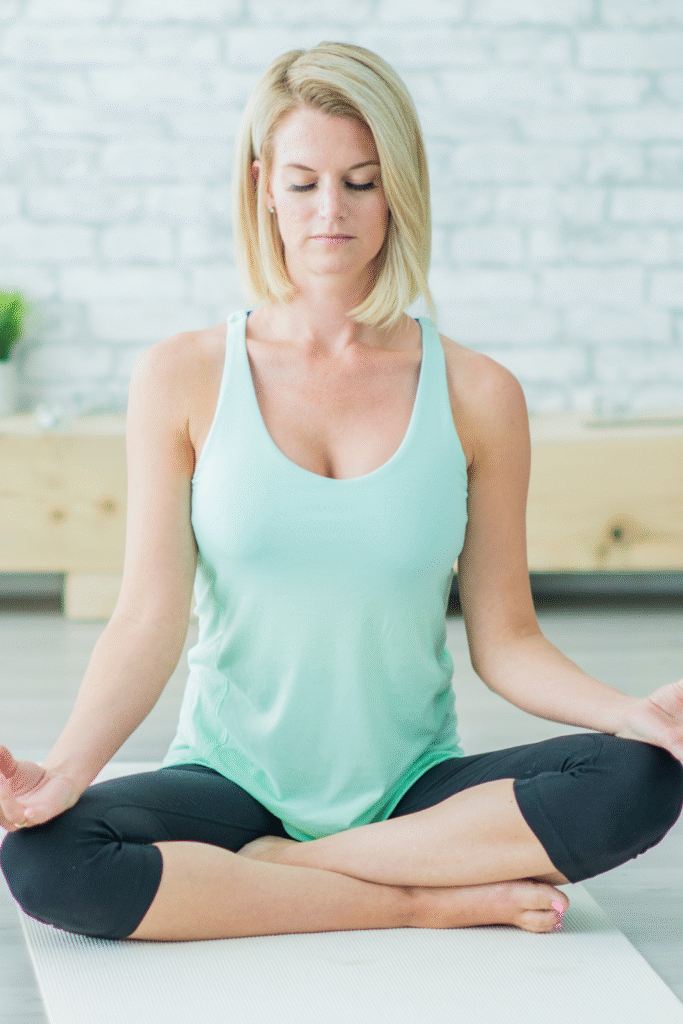
Understanding the Connection Between Stress and Breathing
Stress changes the way you breathe. Instead of deep, slow breaths that engage your diaphragm, stress causes shallow chest breathing.
This type of breathing limits oxygen intake and perpetuates feelings of panic or unease. Worse, shallow breaths can create a feedback loop, tricking your brain into thinking danger is near.
By practicing conscious breathing, you interrupt this cycle. Controlled, deep breathing lowers your heart rate, relaxes muscles, and stabilizes your thoughts.
Studies show that individuals who practice regular breathing exercises report lower levels of anxiety and improved mindfulness. Understanding this connection is the first step to regaining control of your mental calmness.
Breathing Techniques for Instant Calmness
Below are highly effective breathing exercises that can bring tranquility to your mind within minutes. These techniques are easy to learn and designed to fit seamlessly into your daily routine.

1. Diaphragmatic Breathing
Diaphragmatic or belly breathing focuses on using the diaphragm muscle to take deep breaths. This is a natural way of breathing that babies do effortlessly.
- Sit or lie in a comfortable position.
- Place one hand on your chest and the other on your belly.
- Take a slow inhale through your nose, making sure your belly rises (not your chest).
- Exhale slowly through your mouth while feeling your belly lower.
- Repeat for 5-10 minutes to feel deeply relaxed.
This technique encourages oxygen-rich blood flow and signals the body to relax. It’s ideal for daily stress relief and even for better sleep at night.
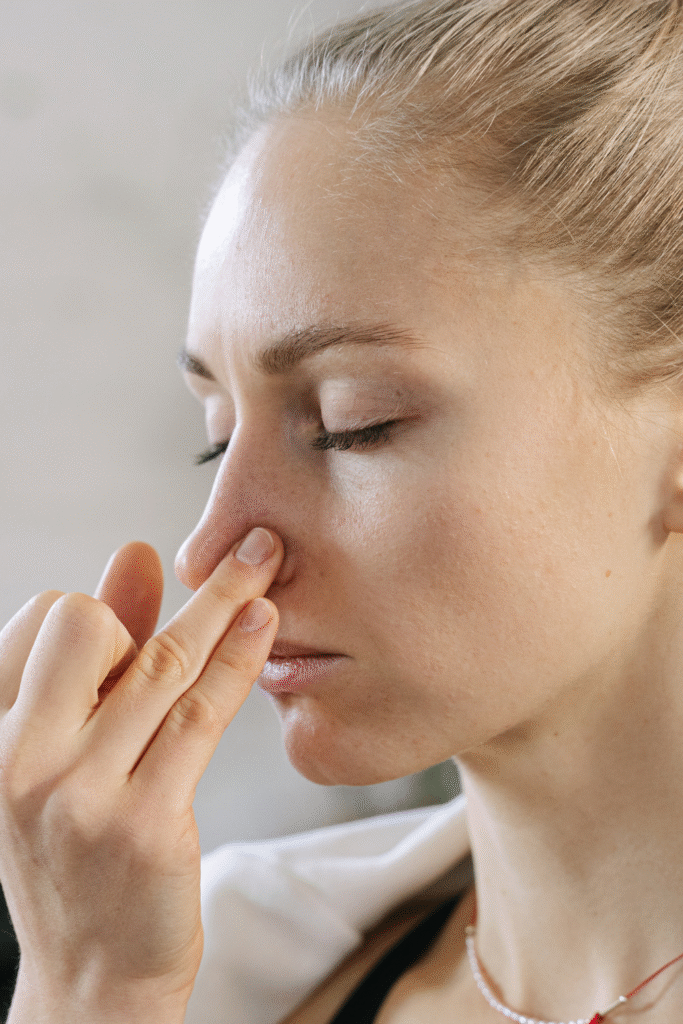
2. Box Breathing
Practiced by Navy SEALs for stress, box breathing is a simple yet highly effective method.
- Sit upright and feel grounded.
- Slowly inhale through your nose for 4 seconds.
- Hold your breath for 4 seconds.
- Exhale fully through your mouth for 4 seconds.
- Hold your breath again for 4 seconds.
- Repeat the cycle 6-8 times.
Box breathing aligns focus and restores balance, making it especially helpful in high-pressure situations.
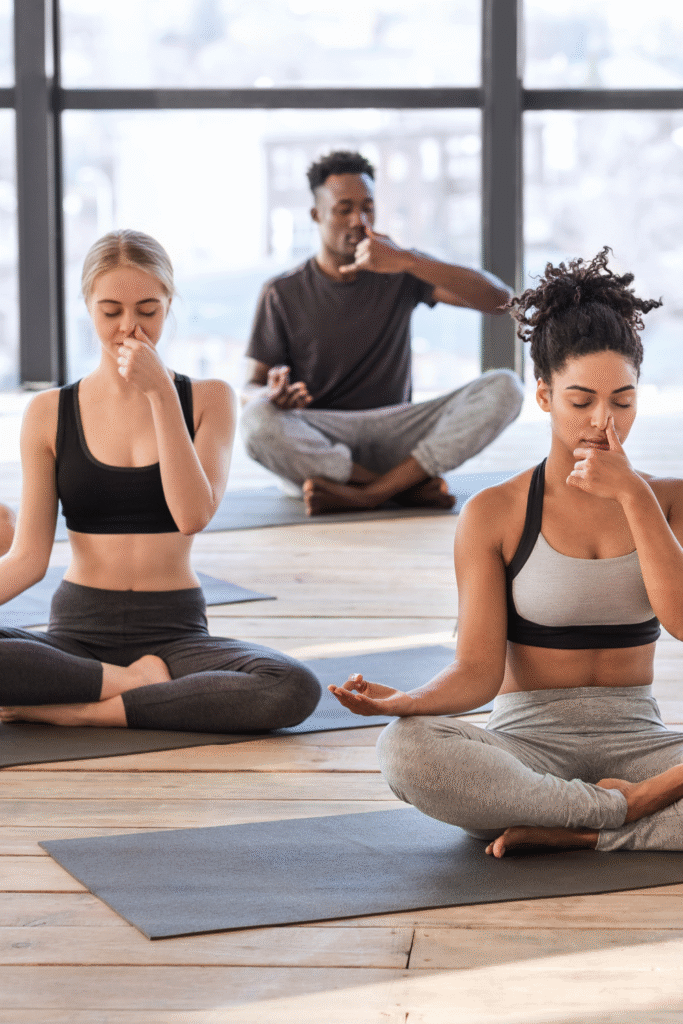
3. Alternate Nostril Breathing
This yogic breathing exercise balances the left and right sides of the brain, promoting calmness and inner clarity.
- Sit in a comfortable position and rest your left hand on your knee.
- Use your right thumb to close your right nostril.
- Slowly inhale through your left nostril.
- Close the left nostril with your finger and release your thumb from the right nostril.
- Exhale fully through the right nostril.
- Repeat the cycle, alternating nostrils, for 3-5 minutes.
This technique is excellent for managing emotional turbulence and centering the mind.
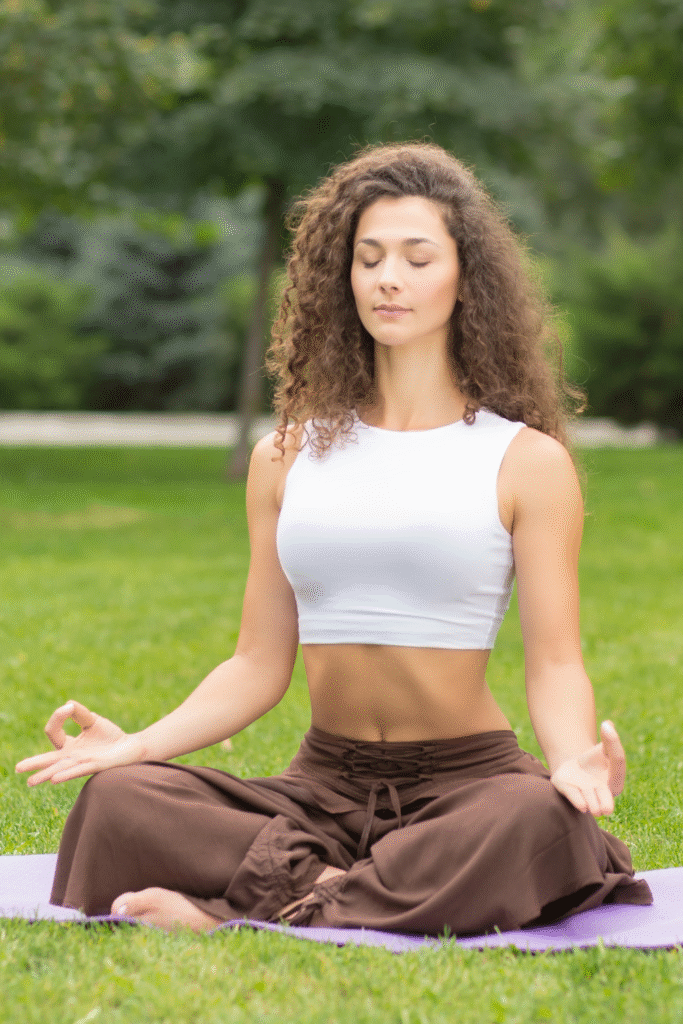
4. 4-7-8 Breathing
Dubbed a “relaxation breathing” method, the 4-7-8 technique promotes immediate calmness.
- Sit with your back straight.
- Close your eyes and inhale through your nose for 4 seconds.
- Hold your breath for 7 seconds.
- Exhale completely through your mouth for 8 seconds.
- Repeat the cycle four times.
This method helps regulate your nervous system and is particularly effective for winding down before sleep.
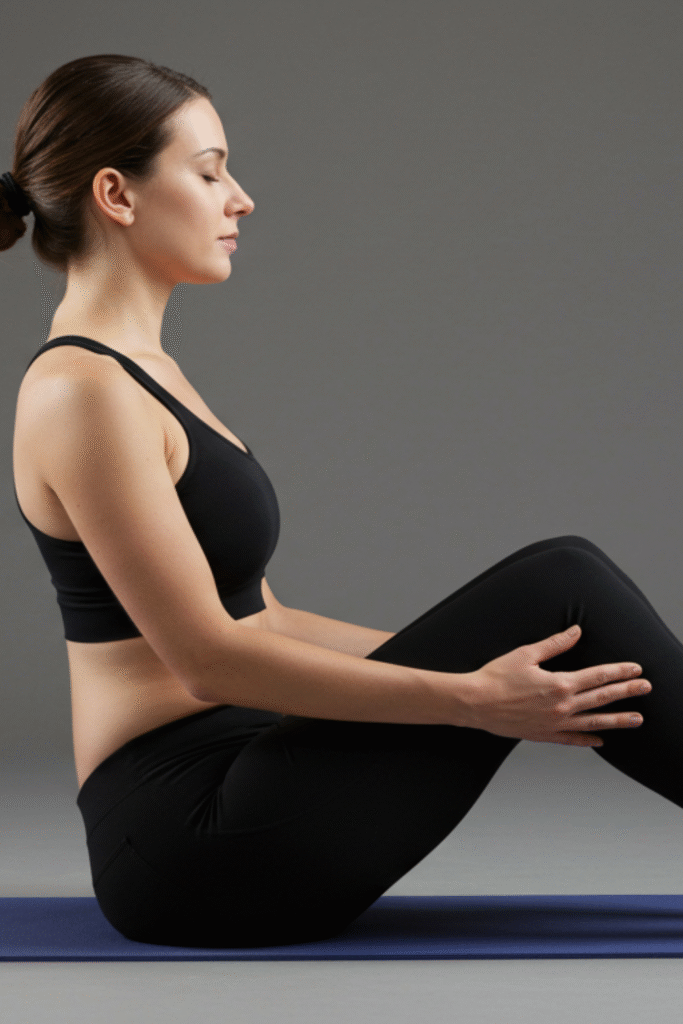
5. Resonance Breathing
Also called coherent breathing, this practice synchronizes your breathing with your heart rate.
- Sit or lie down in a quiet space.
- Slowly inhale through your nose for 5 seconds.
- Exhale slowly for 5 seconds.
- Continue this rhythm for 5-10 minutes.
By breathing at six breaths per minute, you activate a state of relaxation that lowers blood pressure and enhances focus.
Tips to Maximize Breathing Practice Benefits
- Establish a Routine
Consistency is key when it comes to reaping the benefits of breathing exercises.
Set aside a specific time each day—whether it’s in the morning, during a midday break, or before going to bed—to practice your chosen techniques.
This helps build a habit and makes the practice more effective over time.
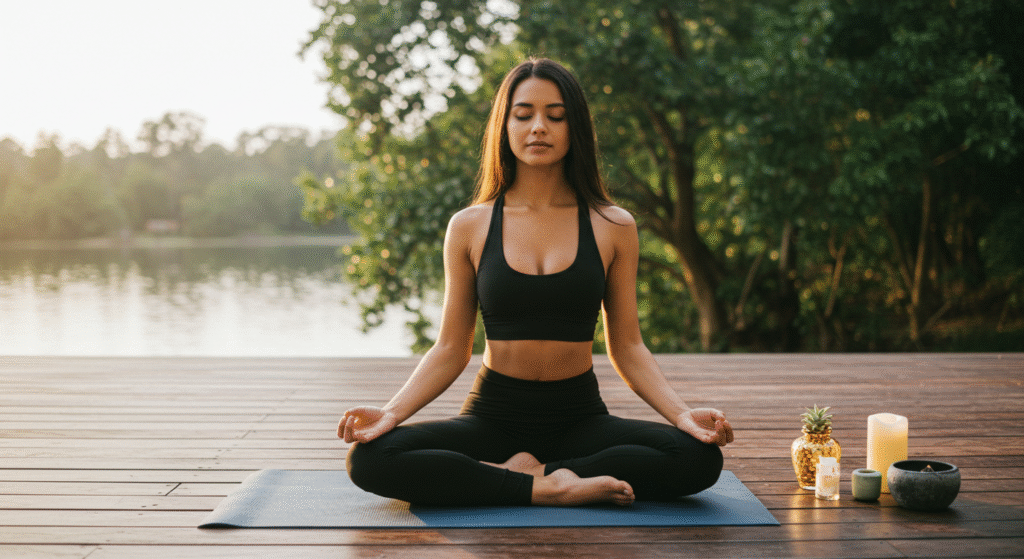
- Create a Comfortable Environment
Find a quiet, comfortable space where you can breathe without distractions.
Whether it’s a cozy corner at home or a peaceful spot outdoors, an environment that promotes relaxation enhances the quality of your practice.
Consider dim lighting, soothing music, or aromatherapy for added comfort.
- Focus on Posture
Proper posture ensures an open airway and supports effective breathing.
Whether you’re sitting or lying down, keep your spine straight and shoulders relaxed.
This alignment allows your lungs to expand fully, optimizing the intake of oxygen.
- Stay Mindful
Pair your breathing exercises with mindfulness to amplify their impact.
Pay close attention to the sensations of air entering and leaving your body or silently repeat a calming word or phrase.
This not only enhances focus but also deepens the sense of relaxation.

- Hydrate and Nourish Your Body
Staying hydrated enhances the overall function of your respiratory system.
Incorporate a balanced diet rich in nutrients that support lung health, like vitamin C, antioxidants, and omega-3 fatty acids, to further improve the effectiveness of your breathing practice.
- Monitor Your Progress
Keep a journal to track how you feel before and after practicing your breathing exercises.
This will help you identify which techniques work best for you and allow you to celebrate improvements in mood, energy levels, or endurance over time.
By following these tips, you can maximize the benefits of your breathing practices, turning them into a powerful and sustainable tool for overall health and well-being.

FAQs About Breathing Techniques
- Can anyone practice breathing exercises?
Yes, these techniques are safe for most people, but consult a healthcare provider if you have respiratory issues.
- How long should I do these exercises?
Just 5-10 minutes daily can provide noticeable benefits.
- Which method is best for beginners?
Diaphragmatic breathing is easy and ideal for those new to breathing exercises.
- Can breathing techniques replace therapy for anxiety?
They complement therapy but should not replace professional mental health treatment.
- Are breathing exercises helpful during panic attacks?
Yes, techniques like 4-7-8 breathing can help control panic attack symptoms.
- Do these techniques improve focus?
Absolutely! Breathing exercises enhance mindfulness and clarity.
- Can children practice these methods?
Yes, supervised breathing exercises can benefit children too.
- How quickly do results appear?
Many people notice calming effects within just a few minutes.
- Are there any side effects?
Over-breathing can cause dizziness. Practice within your comfort level.
- Can I practice these anywhere?
Yes, most of these techniques can be done discreetly, even in public.
| Technique | Description | Benefits |
|---|---|---|
| Box Breathing | A method involving equal counts of inhaling, holding, and exhaling. | Reduces stress and increases focus. |
| 4-7-8 Breathing | Breathe in for 4 seconds, hold for 7, and exhale for 8 seconds. | Promotes relaxation and better sleep. |
| Diaphragmatic Breathing | Deep breathing that engages the diaphragm. | Improves oxygen flow and lowers anxiety. |
| Alternate Nostril Breathing | Breathing through one nostril at a time in an alternating pattern. | Balances energy and calms the mind. |
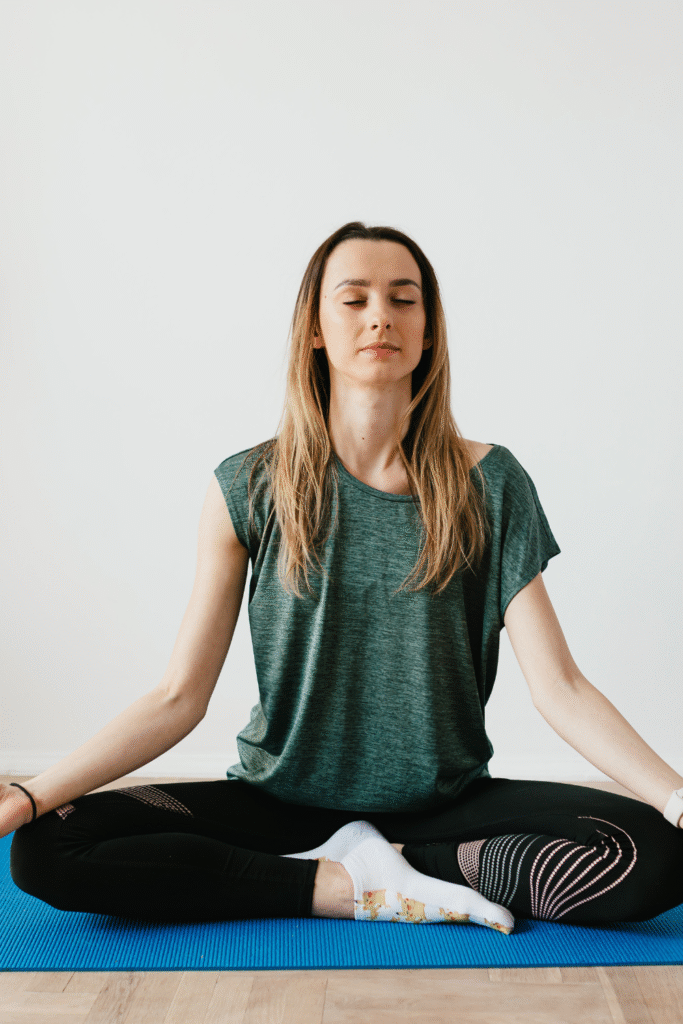
Final Thought
Breathing techniques are powerful tools that can transform your mental and physical well-being. By incorporating these simple practices into your daily routine, you can create moments of calm, clarity, and resilience, no matter where life takes you. Remember, your breath is always with you—use it to your advantage.
